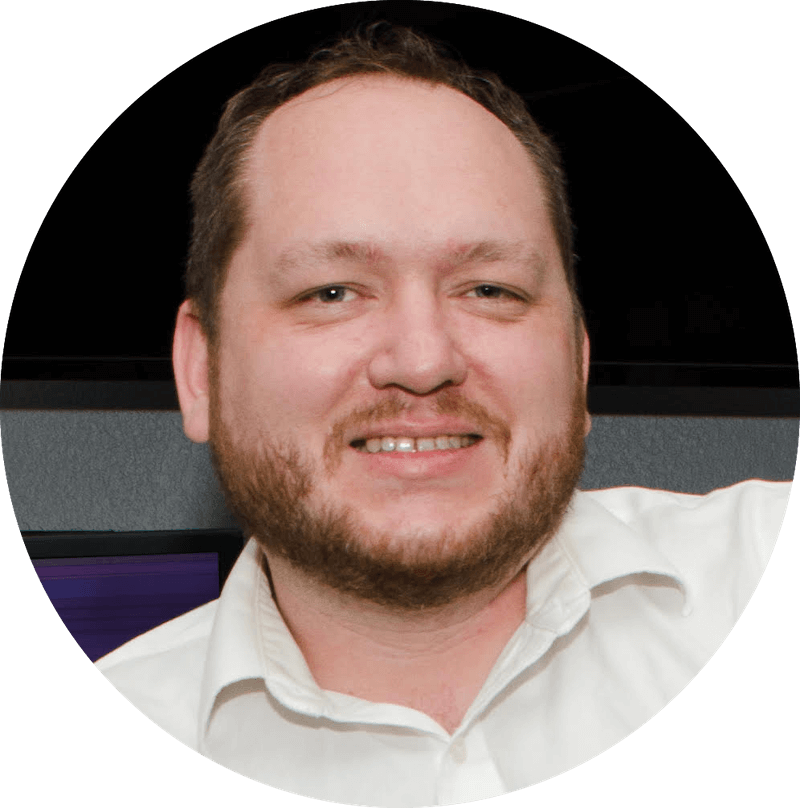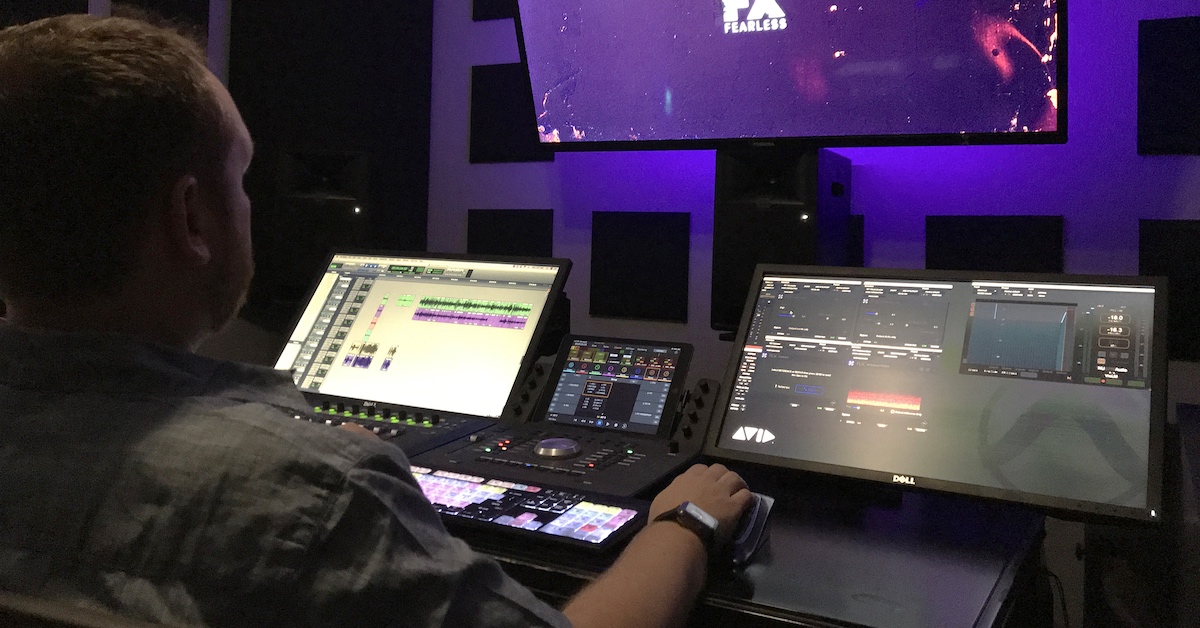As schedules are constantly getting tighter and budgets smaller, use these tips to stay focused and work faster.
As a sound designer and mixer, I have had my share of longs days and (near) sleepless nights. Projects pop up unexpectedly. Distractions will inevitably occur and are often unavoidable.
But there are things we can do to combat the chaos! Adopt the following habits to make the most of your time by streamlining your workflow and limiting distractions.

1. Build a template for work you do regularly
Every project comes with a different set of challenges and list of deliverables. When working on a television show or an ad campaign that you know you will be revisiting again and again, it is a great idea to spend a little time building that project into a solid template. By doing so, you can come back for episode two with window configurations, special plugins or additional tracks already laid out how you left them. If you don’t work in television or another format where you constantly return to the same content week after week, you can at least design several different templates that are ready to go for the kinds of content you DO work on.
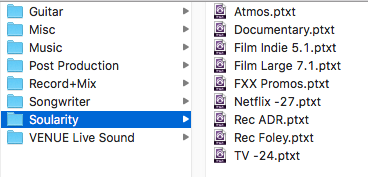
For me, I have a template for high budget narrative (with extensive effects and foley tracks and additional print tracks for M&E and other deliverables), a low budget narrative template (with fewer effects tracks and some additional processing in the signal chain to speed up mixing), a documentary template (with additional tracks for interviews and VO), as well as a general television template. For each new season of a show, I will start with my general television template and tweak it further depending on content and deliverables. By spending a day or two when you have some downtime to think through how you work and set up window configurations and console layouts, you can jump right into a new project and get to work faster.
.png?width=747&name=Search%20Playlist%20(1).png)
2. Organize your sound library
As a sound designer or sound effects editor, your rate of work largely depends on how well you know your sound library. The more organized your sounds are, the quicker you can find what you are looking for. If you are using a database management software like Search, there are a number of ways to speed up your workflow. Playlists, for example, can be a great way to identify specific sounds for a project or type of design work you do on a regular basis (e.g. guns, sci-fi, creature effects, etc.) and have them easily accessible when you need them.
If you are recording original sounds for a project, get in the habit of taking notes. By having a roadmap of which sounds are on which take and track, it will greatly speed up the process of editing these sounds later. These notes can be on paper or entered via the Wingman app if using a supported Sound Devices recorder.
Even if you don’t have time to make notes in the field, you should always be sure to audibly slate each take with a brief description of the recording setup and what you are about to record. Once you finish with a take, make an audible note of anything unexpected that might have happened during the take (good or bad). That way you will know what each track contains when you revisit the recordings to cut them into a project or add metadata while bringing new files into your library.
When the time comes to add these original sounds to your library, enter as much metadata as possible. The more information you add, the easier it will be to locate the sound when you need it.
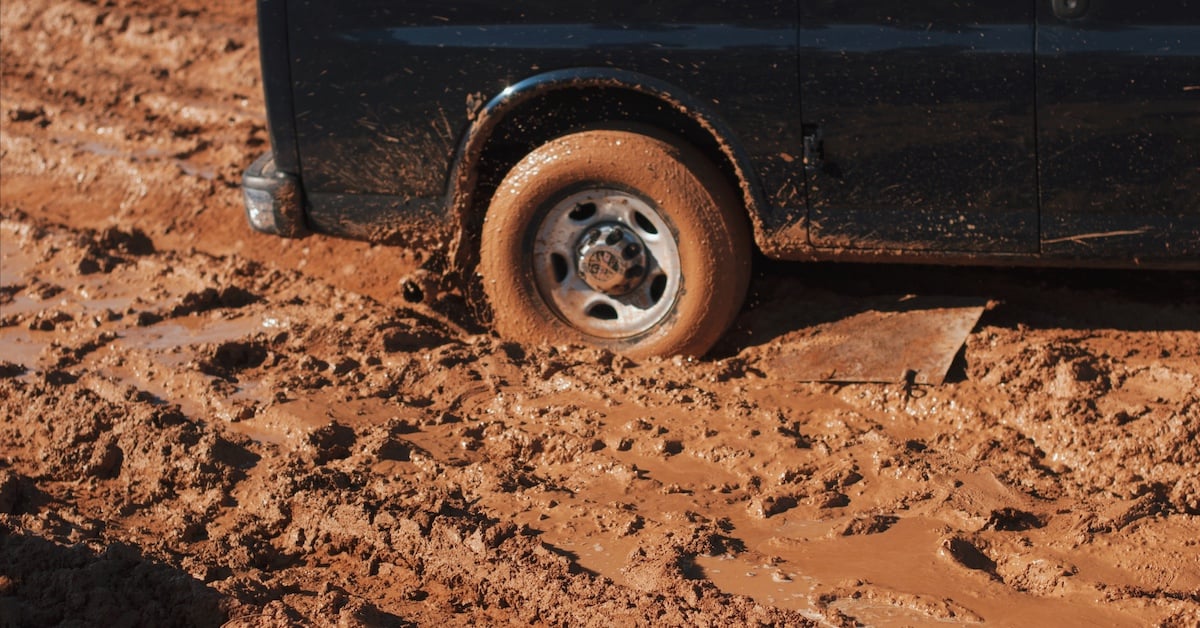
3. Don’t be afraid to move on when you feel stuck
This happens to all of us. We can’t be creative geniuses ALL the time. You are designing sound for a specific scene or have one pesky line of dialog that just isn’t sitting right in the mix.
If you find yourself feeling stuck, make a marker and move on. Come back with fresh ears at a later time - after lunch or maybe the next day. Sometimes a little distance can bring a new perspective to what had stumped you before.

4. Unplug from distractions
If you are a freelancer or own your own company, you likely have to deal with things like building estimates, answering emails, sending invoices and updating your website or posting to social media on a daily basis. Staying on top of these housekeeping tasks, while important, can all too easily derail you from the project at hand. The danger of having your email open at all times or notifications enabled on your cell phone, is having a constant source of distraction.
Instead of always being plugged in, try blocking out five minutes at the top of every hour to check in with the outside world and take care of any tasks that just can’t wait. If taking a short break every hour is too often for you, it can also be helpful to spend a chunk of time before you start your day getting as many of these tasks taken care of up front, thus allowing you to focus more on your work. If needed, pick another time later in the day to take care of anything else that might have come up while you were unplugged. This can also act as a great “brain break” when you are feeling particularly unfocused or stuck.

5. Take time to recharge
Most sound people I know are workaholics, myself included. We tend to take on more work than we probably should and when it’s crunch time, we work longer hours and days off become few and far between. While enjoying what we do makes these crazy schedules feel less like work, we all have our limits. For me personally, traveling between projects is how I mentally recharge. Knowing there’s an exciting new adventure or a reprieve in paradise on the horizon keeps me sane when working those long days.
While you can’t exactly take a vacation every time you feel stressed, there are other ways to give your brain a break. Learn to listen to your body regularly and know its limits. If you start to feel worn out or unfocused, take a breather. Sometimes taking a walk with your dog or watching an episode of your favorite show can be enough to help you reset and return to work with a fresh mind. As sound designers, we have the luxury of playing with sounds and call it a job, but taking a little time for yourself will make the process much more enjoyable.
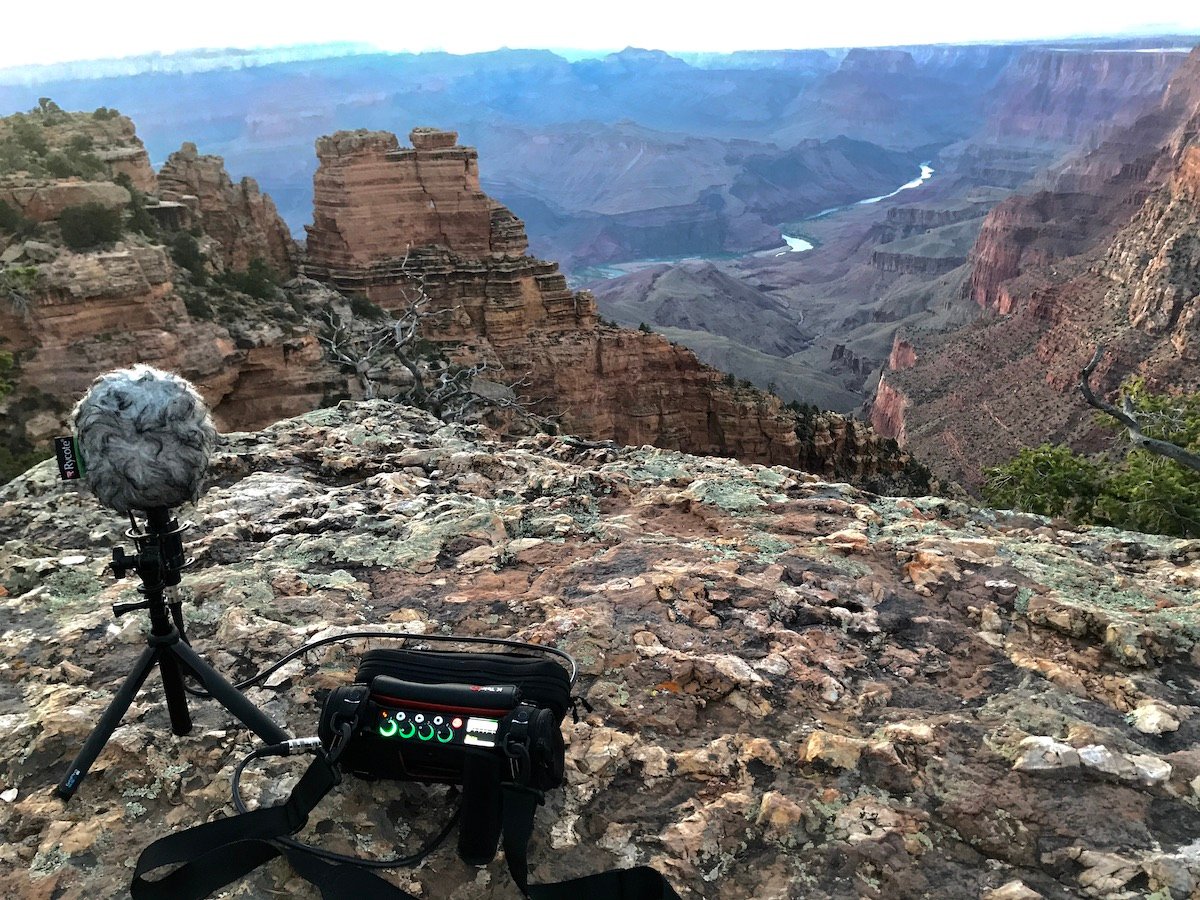
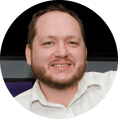 Korey Pereira is the owner of Soularity Sound, based in Austin, Texas. He is an active member of the Motion Picture Sound Editors (M.P.S.E.) and a Lecturer at the University of Texas at Austin.
Korey Pereira is the owner of Soularity Sound, based in Austin, Texas. He is an active member of the Motion Picture Sound Editors (M.P.S.E.) and a Lecturer at the University of Texas at Austin.
Linkedin: https://www.linkedin.com/in/koreypereira/
Instagram: www.instagram.com/soularitysound
Twitter: www.twitter.com/SoularitySound


